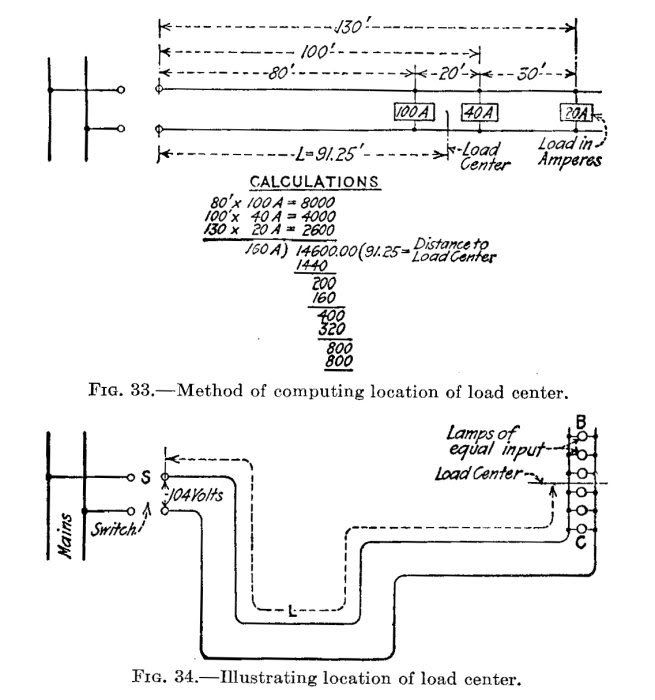jmshiller
Member
- Location
- Marco Island
I have to design an RV park w/ 50 amp pedestals, the loads are simple enough per art. 551 and will be fed w/ a 200 amp feeder. The question is about the voltage drop. (7) 50 amp pedestals, longest run is 280 feet. This is in Florida and the Energy code requires a maximum 2% VD. Is the I in the (2 K I L) 200 amps or 50 amps? I would expect the full feeder load but need help?


